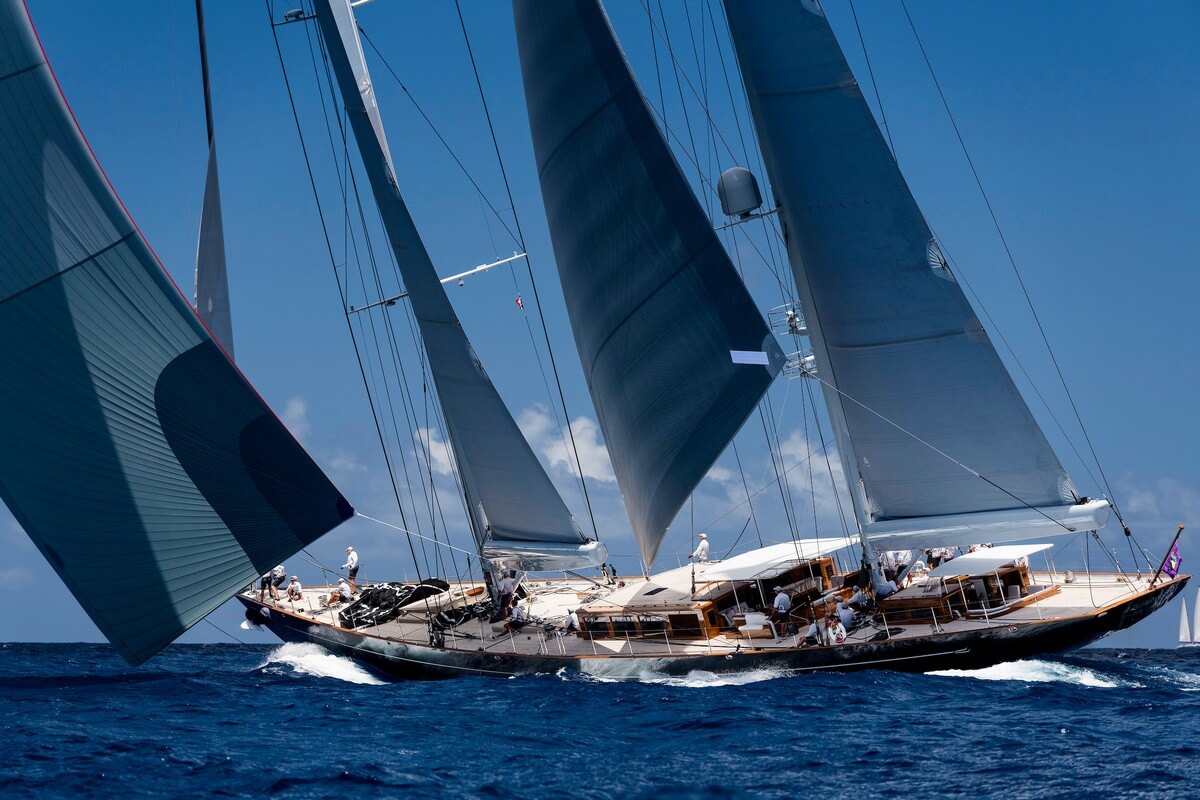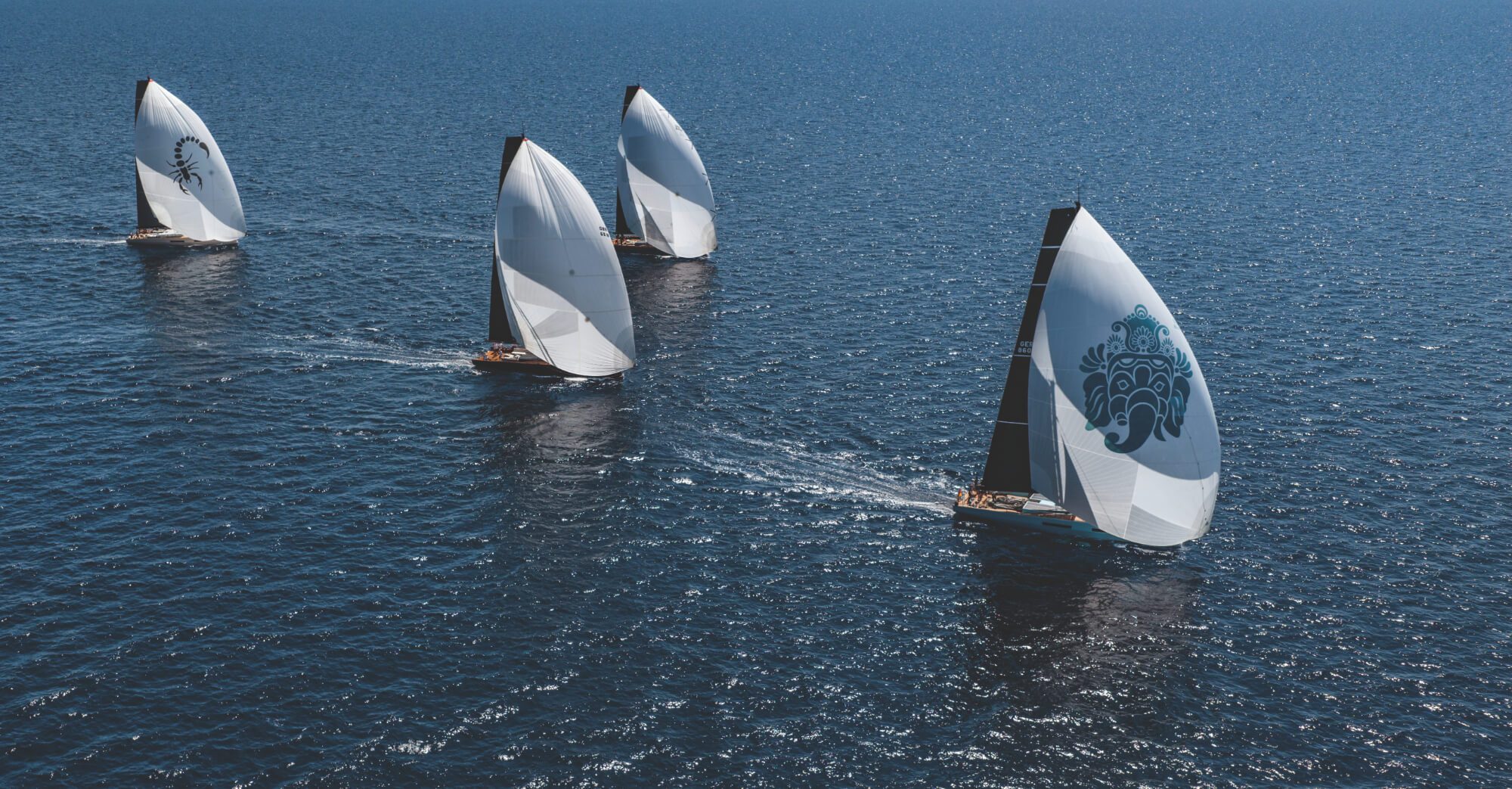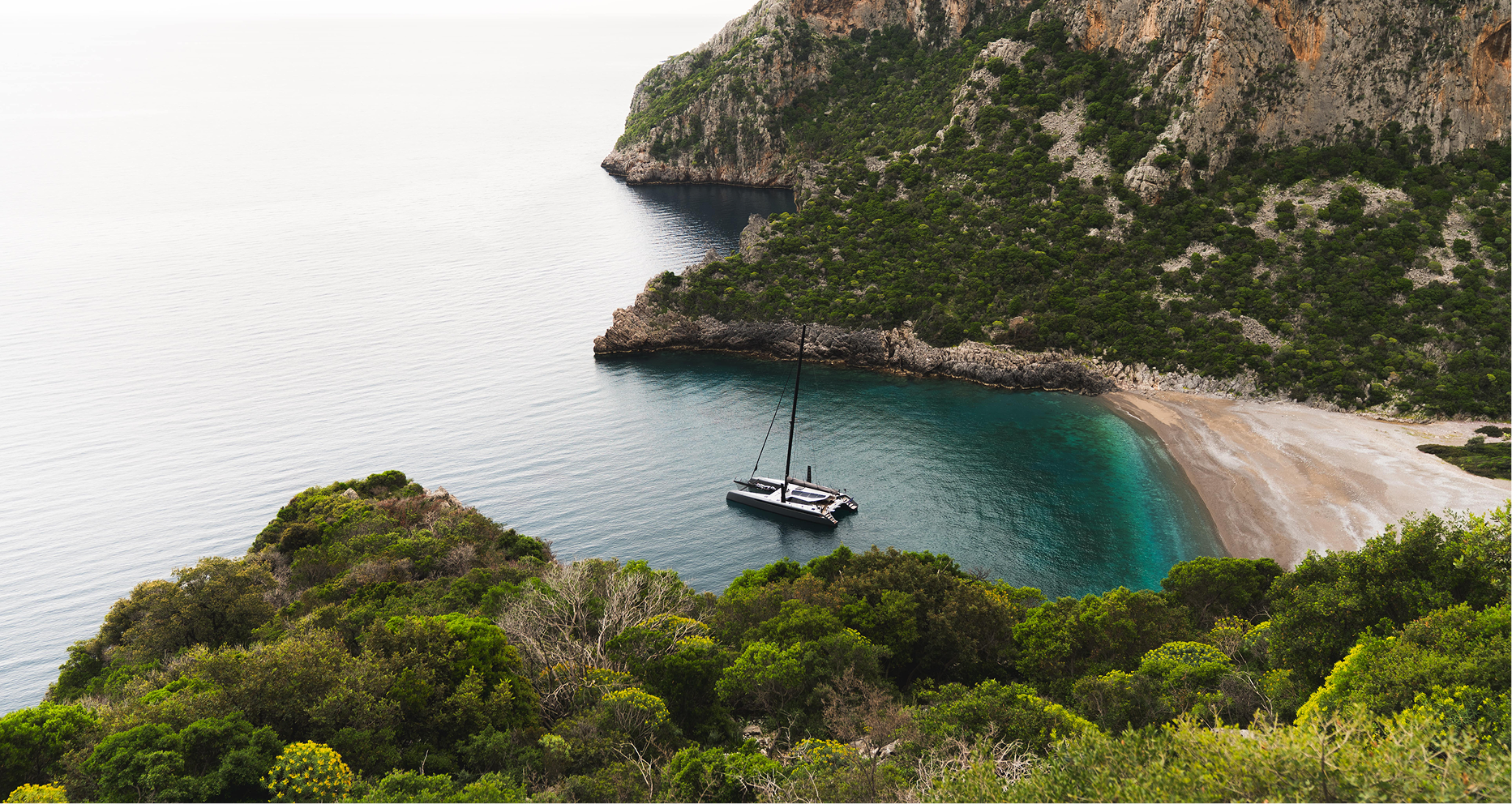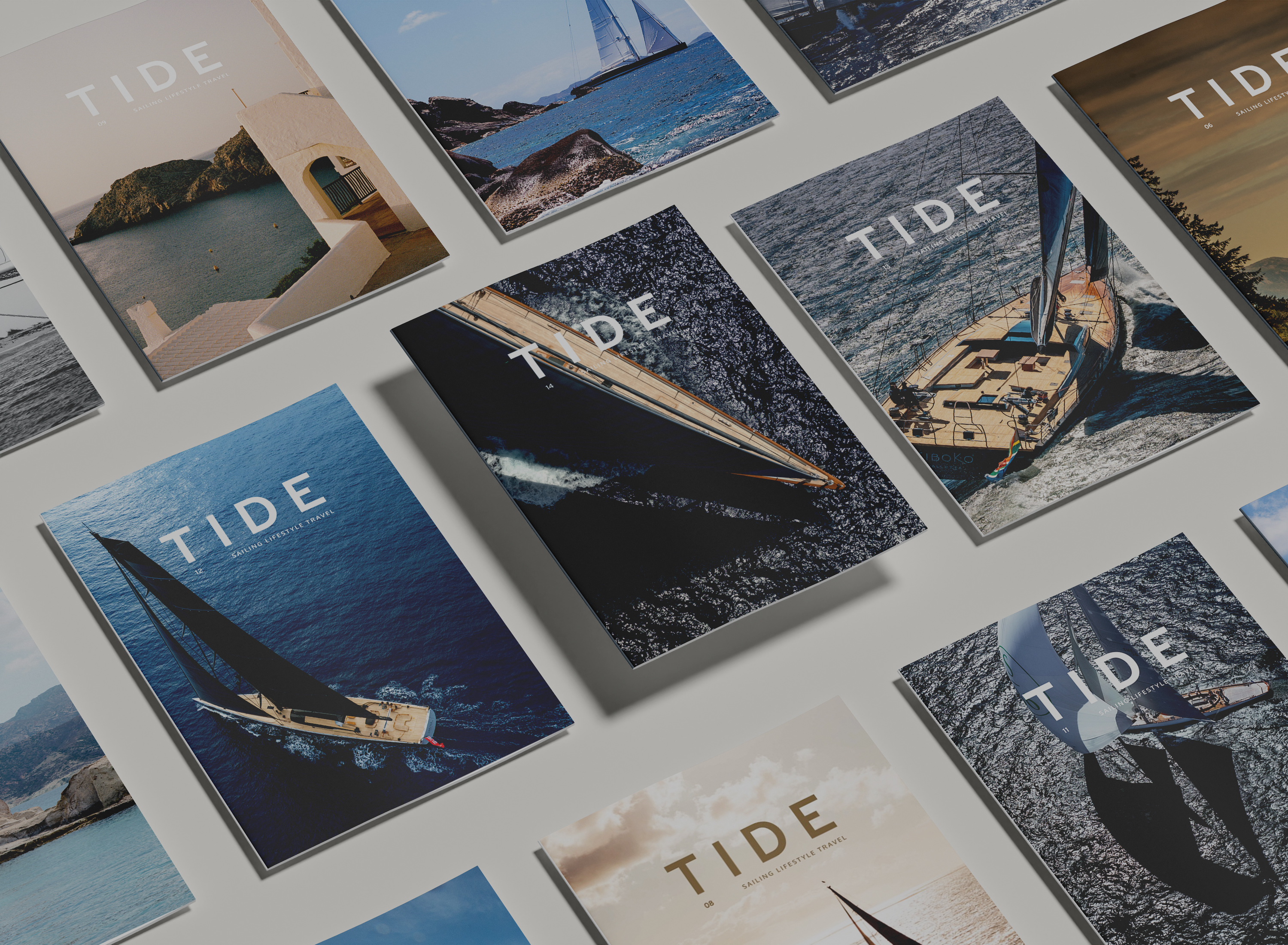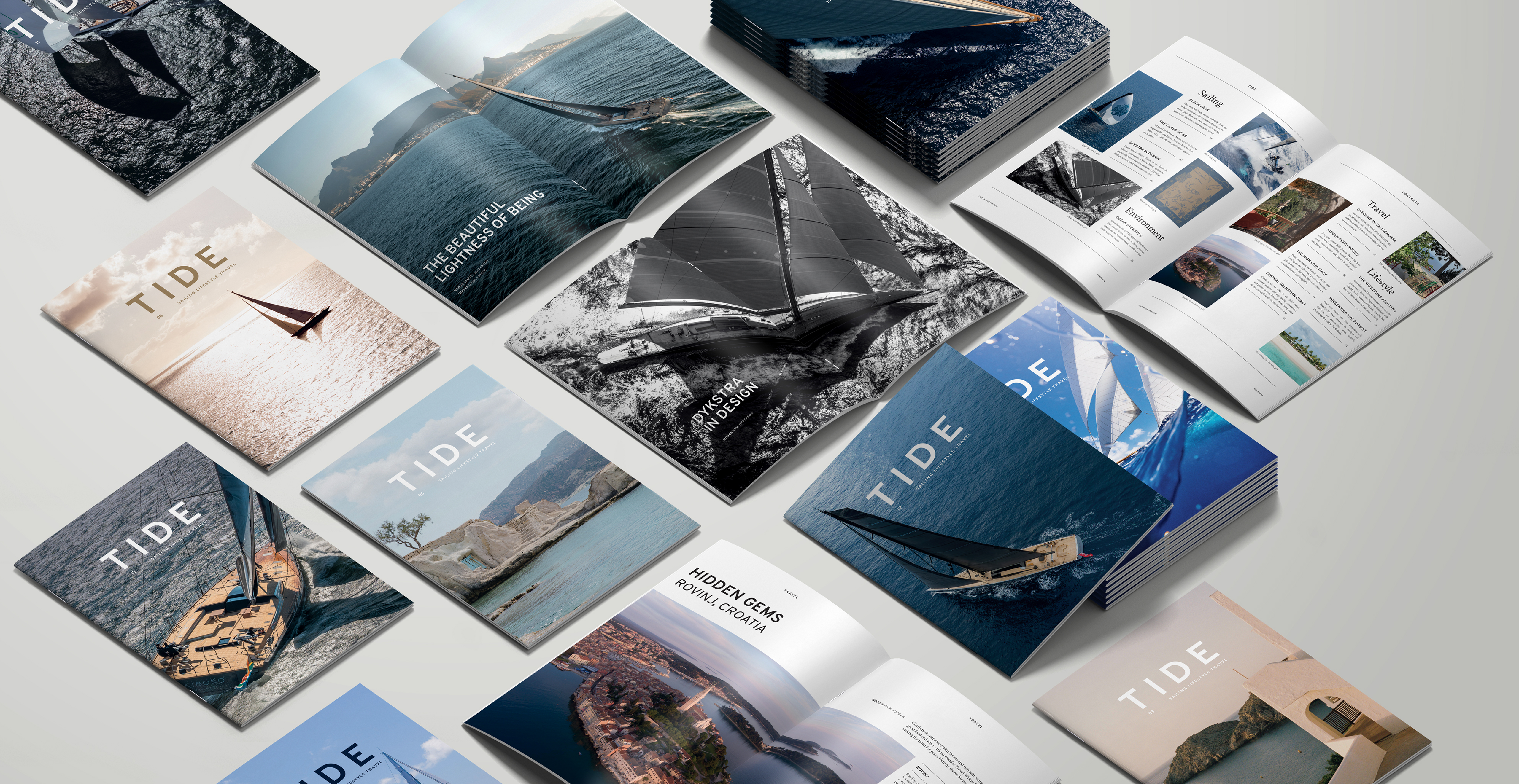The heritage of the modern ocean ketch comprises many of the world’s most iconic yachts and, whilst the latest creations are larger, faster and more technologically advanced, they continue to prove why the twin rig concept ticks all the boxes.
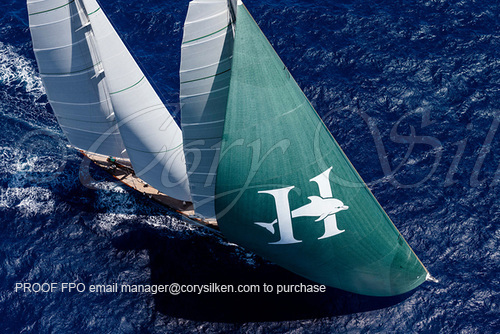
Since the early 2000’s, such yachts like 55m Ketch Adele (Vitters | Hoek) have been the a benchmark of our understanding of the ‘Spirit of Tradition’ ocean going sailing vessel: sleek hulls with low freeboard and overhanging ends concealing finely honed canoe bodies and dagger-like appendages underwater.These wolves in sheep’s clothing evoke the classic hull forms of old whilst transposing the versatile ketch rig onto their decks to give both the performance and accommodation expected of a modern sailing yacht. The multi-cockpit arrangement sported by the Hoek designed ketches Adele (2005), the 50m Meraki (2020) and their latest 58m concept offers owners and their crew a variety of deck configurations, including private cockpits linked to the owner’s suit that would be the envy of any large yacht. With all the interior accommodation you would expect from a sailing yacht of their size, the wide sweeping side decks, panoramic deckhouse dining and cosy passage-making doghouses are additional bonuses when comparing ketches to similar sized sloops.
The ketch is, for many, the ideal, dream, un-questionable form of an offshore vessel, and whilst it formerly has been the sole reserve of the ‘Spirit of Tradition’ style, recent years have shown a breaking away from this mould.The rig as example has long been employed to set a generous yet easily sub-divided sail plan, presenting a range of options to Captains through the ages right across the wind range and in any sea-state. But such rational considerations are not always what drives choice towards this distinctive sail plan.
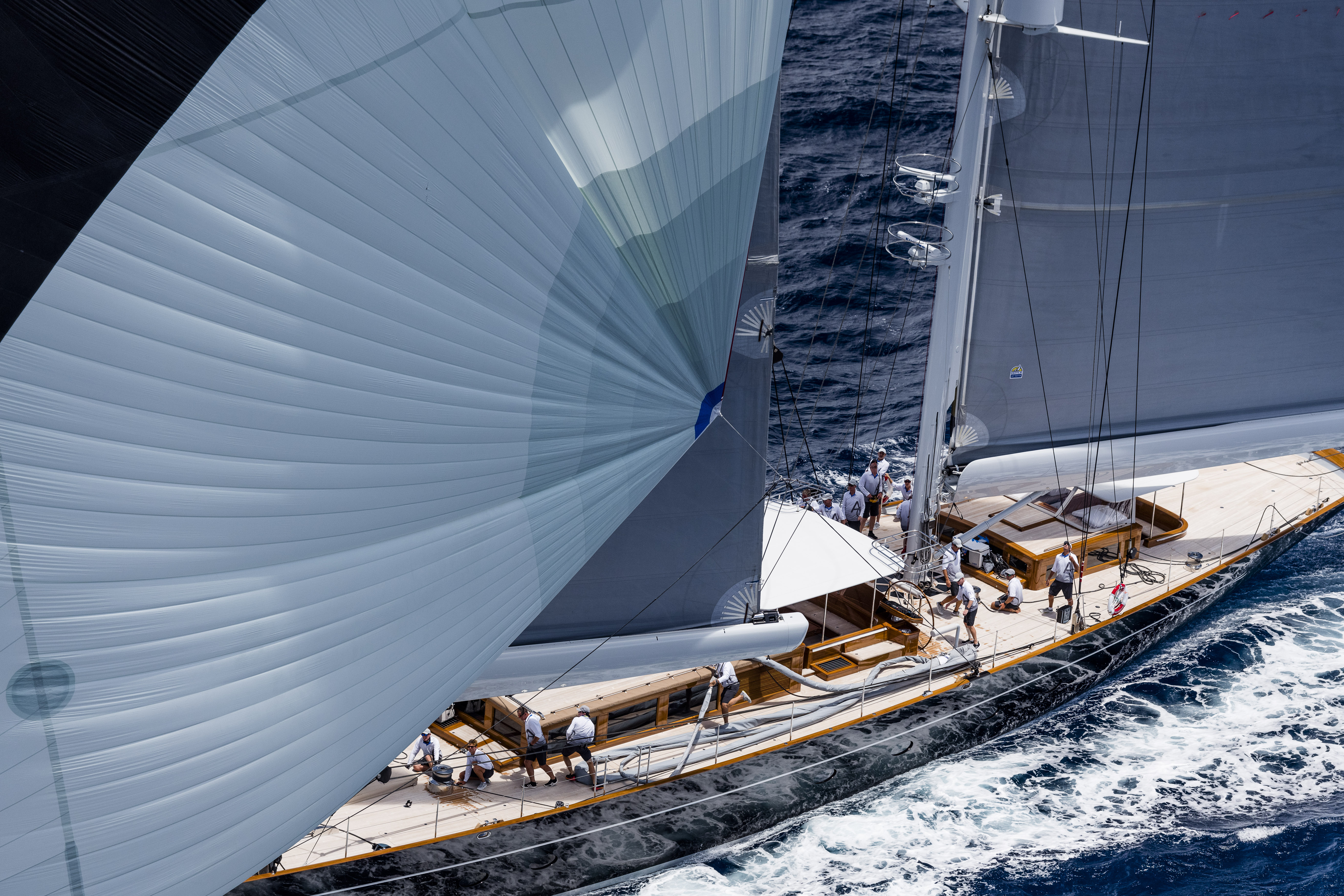
TIDE has been looking at the famous yachts which have defined this archetype and spoken with Thys Nikkels, CEO of the Dutch design office Dykstra Naval Architects, to see what’s next for the modern Ketch. As the head of a design office boasting a broad portfolio of ketches, schooners and, not to mention, J-Class sloops we were keen to tap into to some of Nikkels’ 30 years’ experience and gain insight into what makes a modern ketch.
The 2018 launch of the 56m Royal Huisman and Dykstra created Aquarius represents their latest iteration of the genre. The yacht was designed to fulfil a complex cruising brief. At 56m in length overall and a displacement in the region of 264t, Aquarius is very much a cruising yacht that, for all her commodious volume and fully appointed interior, sports a powerful rig for a more-than-leisurely performance. Stylistically she is timeless, presenting graceful yet generous overhangs, neither a pastiche of the past nor a follower of fashion, wearing with ease her fresh yet luxurious interior by Mark Whitely.
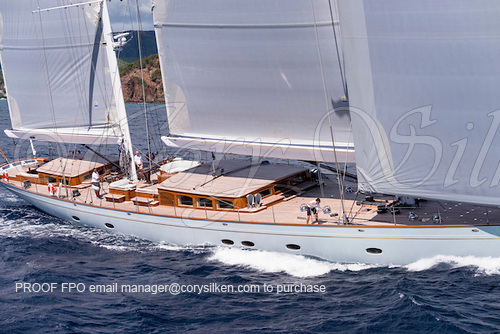
In 2011 Baltic Yachts delivered their biggest yacht to date, the Dykstra and Reichel Pugh designed rocket ship Hetairos. “It was a Naval Architect’s dream” says Nikkels. With only a nod to the aesthetic of classic yachting, the chains were loosed somewhat in the brief, the “experienced and knowledgeable owner was content to sacrifice a degree of comfort for performance”. Nikkels is being modest; the performance stats of the 60m stunner are truly impressive, setting over 2,600m2 of sail upwind yet only displacing 220 tonnes, she was recorded at almost 26 knots on an Atlantic crossing where she averaged 15.12 knots. In 2012, Hetairos was followed by her 47m Huisman built sister, Kamaxitha, further reinforcing this latest visage of the modern offshore ketch.
In all the modern builds, it is promising to see that environmental concerns are an integral part of the conversation. In custom yachts the extent of their impact on design is primarily owner-driven, and Dykstra have long been keen to present the gamut of options available to reduce the environmental impact of a vessel and facilitate cleaner running.Their experience with yachts such as the Black Pearl has pushed them to the fore as the authority for onboard generation. Nikkels tells me how “Shaft generators are a trickle up technology from our smaller range/designs (Bestevaer sailing yachts) on which they are now as good as standard.” Hydro-generators utilise the main propeller as a means of energy generation rather than expulsion. Solar panels too have become the norm, making use of the large expanses of bimini and sunshade afforded on yachts of this size.
The appeal to operate emissions free and the ability to leverage sailing for energy generation move closer within our reach. Nikkels explains, “while moving at 12 knots of speed or more, large sailing yachts can now generate enough electricity to run all the hotel loads.” For yachts like Aquarius in excess of 50m, such a massive reduction in fossil fuel reliance is a very regular and exciting proposition.
So, why opt for a ketch rig in the first place?….


